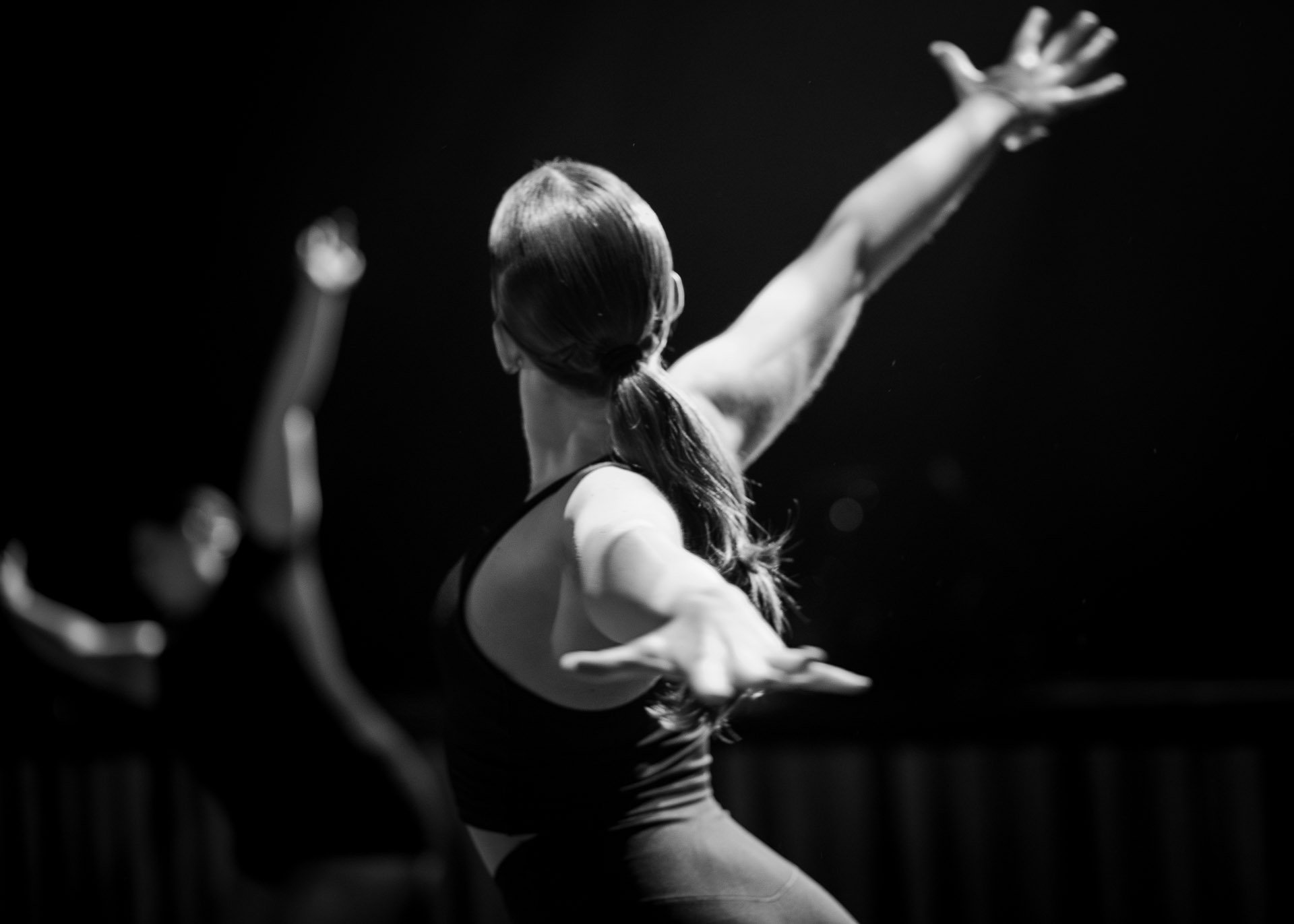The Evolving Dance Landscape: Moving Toward Respectful Practices
LPD 2024, photo credit: Ester Brown
The world of dance has long been a space of beauty, expression, and connection. But like all industries, it has its growing pains. Over the years, the dance community has grappled with deeply ingrained traditions and practices that, while once accepted, now demand reevaluation. At Lynn Panting Dance, we believe it’s time to shift away from outdated approaches and embrace practices that prioritize respect, inclusivity, and well-being for all dancers.
Why Change Is Necessary
Dance has traditionally been a field rooted in discipline and hierarchy— and unfortunately sexism and racism. While structure and rigour have their place, these systems have often come at a cost:
Body Shaming and Unrealistic Standards: For too long, dance has idealized narrow definitions of beauty and physicality, marginalizing dancers who don’t fit the mold.
Injury-Promoting Practices: Pushing through pain and ignoring rest have been normalized, leading to preventable injuries and long-term physical harm.
Lack of Consent and Boundaries: Physical adjustments and corrections, while important for technique, have often been given without considering a dancer’s comfort or consent.
Unequal Opportunities: Access to training, performance, and recognition has often been skewed by systemic biases related to race, gender, and socioeconomic status.
As our understanding of mental health, equity, and personal autonomy grows, it’s clear that the dance world must evolve to better support its participants.
What Respectful Practices Look Like
Body Positivity and Inclusivity
Dance is for every body. Creating spaces where dancers of all shapes, sizes, and abilities feel welcome not only enriches the art form but also fosters a stronger, more inclusive community.
What This Means:
Celebrating diverse body types and challenging outdated stereotypes.
Offering adaptive dance programs for dancers with disabilities.
Prioritizing Health and Wellness
Dancers are athletes and artists. Respectful practices acknowledge the importance of physical and mental health, emphasizing rest and recovery as essential parts of training.
What This Means:
Encouraging dancers to listen to their bodies and rest when needed.
Providing education on nutrition, injury prevention, and mental health.
Consent and Autonomy
In an environment where physical touch is often part of instruction, it’s critical to prioritize consent and respect dancers’ boundaries.
What This Means:
Asking before making physical adjustments.
Normalizing the use of verbal cues or visual demonstrations as alternatives.
Equity and Representation
Dance should reflect the diversity of the world we live in. This means not only inviting marginalized voices into the studio but also amplifying and celebrating them.
What This Means:
Programming works that reflect a variety of cultural and artistic perspectives.
Collaborative Learning
Gone are the days when a teacher’s word was final and unquestionable. Respectful practices embrace dialogue, encouraging dancers to be active participants in their learning journey.
What This Means:
Creating spaces where dancers feel safe to ask questions and offer feedback.
Fostering a collaborative atmosphere that values every voice in the room.
Changing the landscape of dance isn’t about discarding tradition entirely—it’s about building on its strengths while addressing its shortcomings. By moving toward respectful practices, we can ensure that dance remains a space of joy, growth, and connection for generations to come.
At Lynn Panting Dance, we’re committed to being part of this evolution. From promoting body positivity to fostering collaborative and inclusive spaces, we’re dedicated to creating a dance community where everyone can thrive.
What changes do you hope to see in the dance world?

